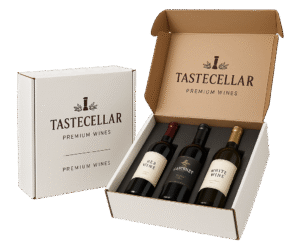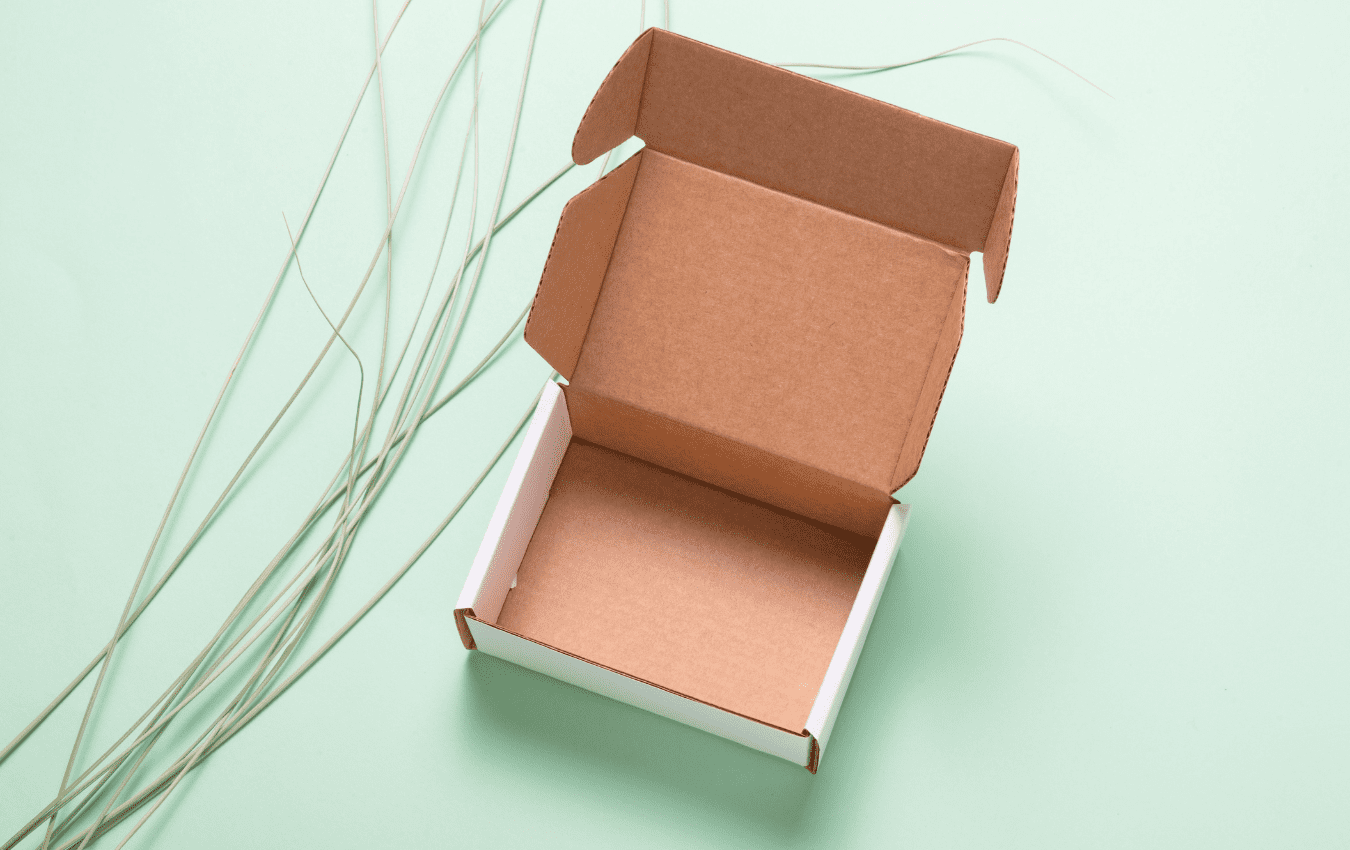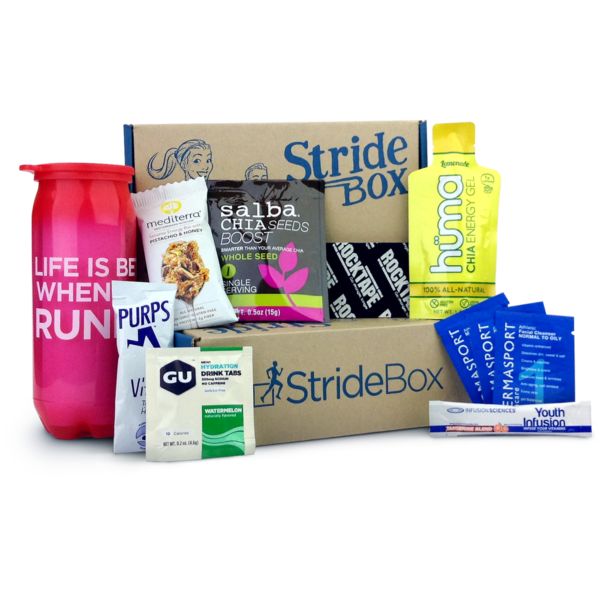Home » Edge Crush Test (ECT) Optimization for E-Commerce Shipments
Edge Crush Test (ECT) Optimization for E-Commerce Shipments

The Edge Crush Test (ECT) is a critical performance metric for corrugated boxes, directly correlating to stacking strength and load-bearing capacity. In the high-stress world of e-commerce shipping, where packages face frequent handling, multi-stop routes, and varying climates, optimizing ECT values without over-engineering is essential for cost efficiency and product protection.
Why ECT Matters in E-Commerce
- Stacking Strength: Determines how well boxes can withstand vertical loads in warehouse racking or trailer stacking.
- Material Efficiency: Allows engineers to achieve performance targets with lighter weight liners or mediums, reducing costs.
- Regulatory Alignment: Certain carriers and industry sectors specify minimum ECT ratings for compliance.
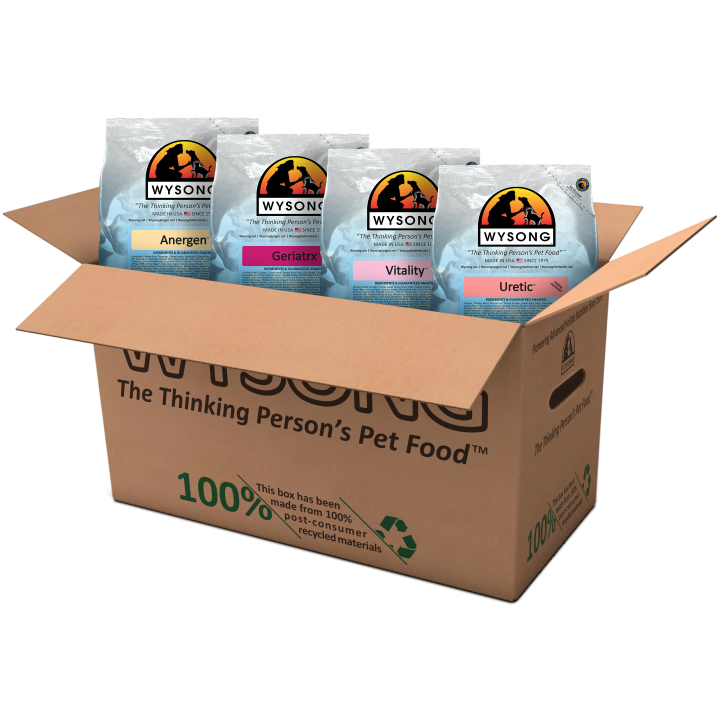
Balancing ECT and Basis Weight
- ECT vs. Mullen Burst: ECT measures column strength; Mullen measures resistance to puncture/tearing. E-commerce often favors ECT for stacked pallet loads.
- Lightweighting Strategies:
- Use high-performance recycled fiber blends to maintain stiffness.
- Incorporate higher-grade outer liners for localized reinforcement.
Design Variables That Influence ECT
- Flute Profile: B- and C-flutes offer different stiffness profiles. B-flute generally yields higher ECT for the same board weight.
- Adhesive Quality: Uniform glue lines prevent micro-buckling under compression.
- Moisture Resistance: High humidity can reduce ECT by up to 50%; moisture-resistant coatings help maintain performance.
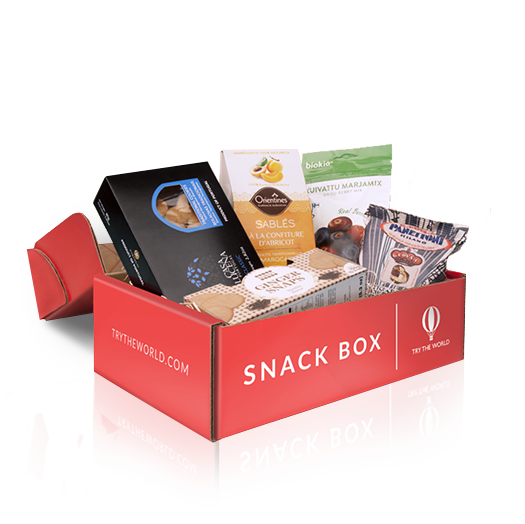
Testing and Standards
- ASTM D642: Measures box compression strength.
- TAPPI T839: Determines edgewise compressive strength of corrugated fiberboard using the clamp method.
- ISTA Series: Full-scale distribution simulation, including drop, vibration, and compression under varying conditions.

Optimization in Practice
- Case Example: Switching from 44 ECT double-wall to 32 ECT single-wall with enhanced flute medium reduced material cost by 14% without increasing damage claims in a 90-day trial.
- Prototyping: Lab ECT data should be validated through route-specific field testing before large-scale rollout.
References
ASTM International. (2015). ASTM D642-15: Standard test method for determining compressive resistance of shipping containers. ASTM International. https://www.astm.org/d0642-15.html
Technical Association of the Pulp and Paper Industry. (2018). TAPPI T839 om-18: Edgewise compressive strength of corrugated fiberboard using the clamp method. TAPPI. https://www.tappi.org/content/store/shared/T839.html
International Safe Transit Association. (2018). ISTA 6-Series transit tests. ISTA. https://ista.org/
RSC boxes are known for their efficiency and versatility, but their performance ultimately comes down to strength. Buyers often see numbers like ECT, BCT, and burst strength on specifications —
In packaging, foam isn’t just about initial protection — it’s about maintaining performance over the entire shipping or storage cycle. Compression set and recovery characteristics determine whether foam continues to
Pouches are a go-to for flexibility and convenience, but they can fail in critical ways—from poor seals to punctures and delamination—that hurt performance and brand reputation. Understanding these failure points
In the retail environment, the placement of Point of Purchase (POP) displays is just as critical as their design and content. Strategic positioning can significantly influence consumer behavior, increase product
Home » Edge Crush Test (ECT) Optimization for E-Commerce Shipments


